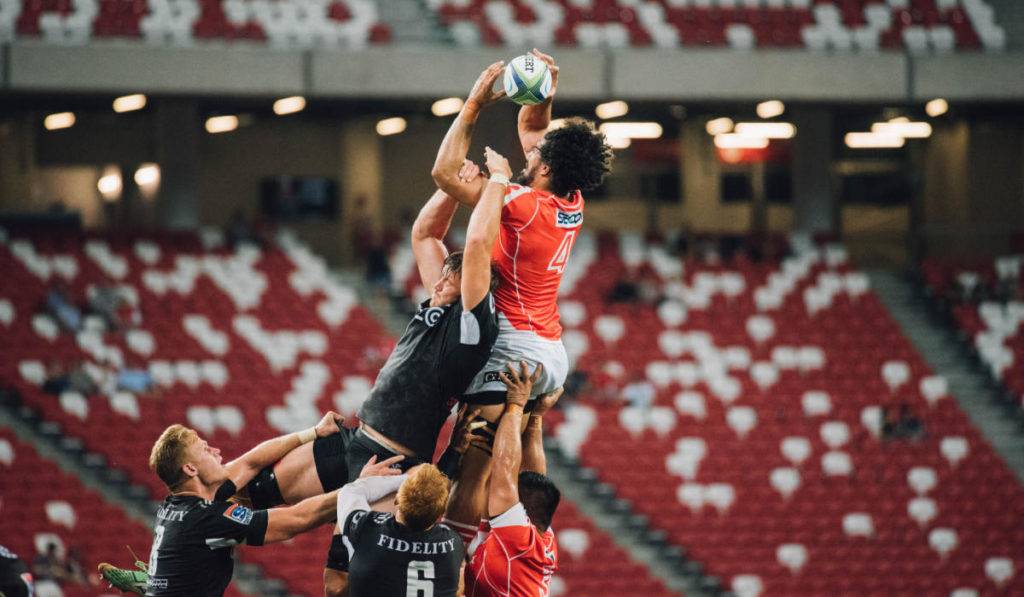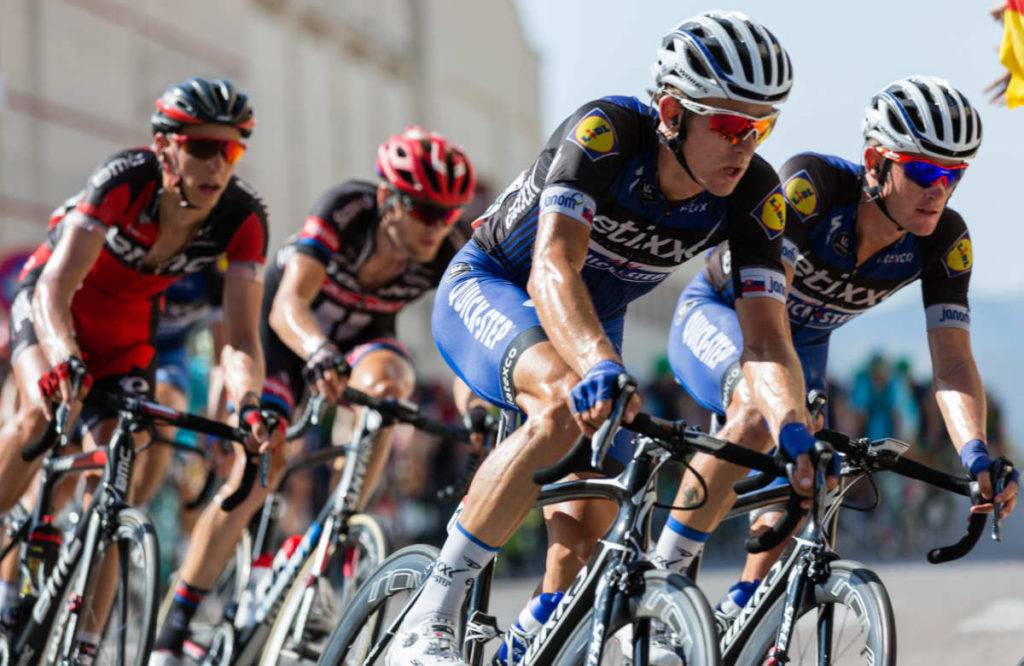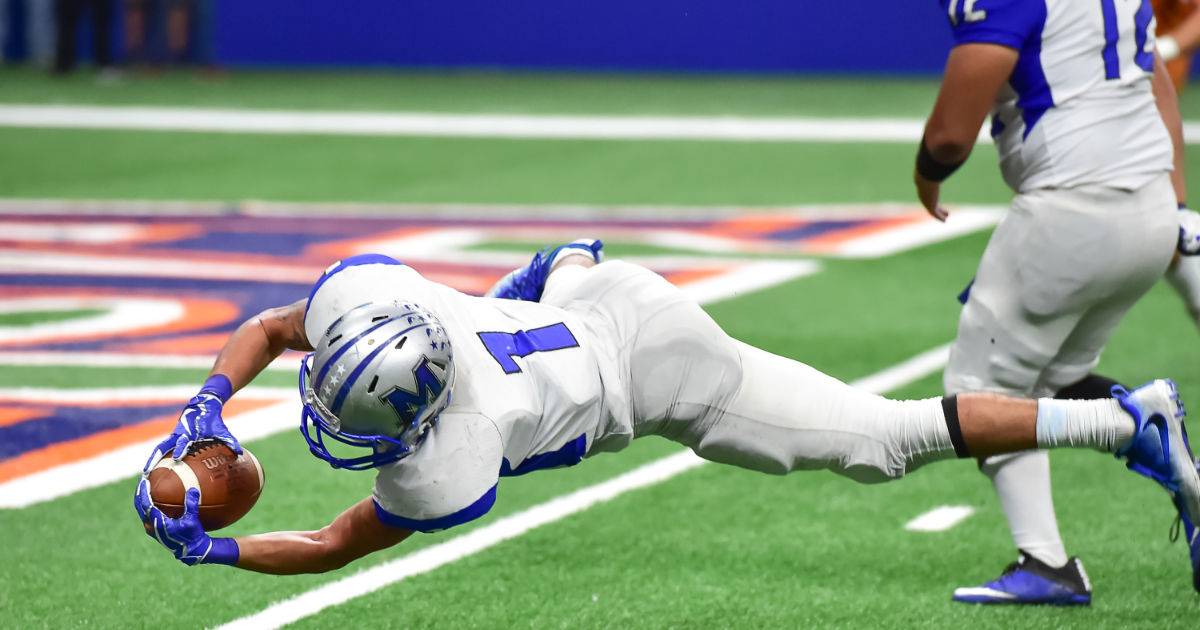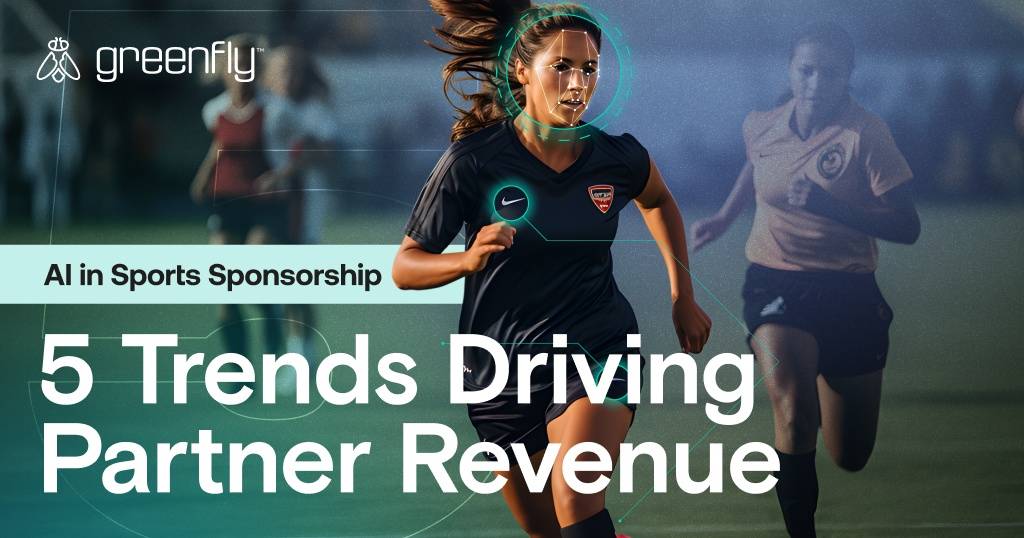It’s surprising how many university athletics departments and professional teams, leagues, and associations haven’t tapped their biggest influencers – their athletes – to connect with fans and grow fan loyalty.
We’ve seen so many sports marketers today use a “spray-and-pray” approach to engage with fans. They hope new fans will find them rather than actively seeking the demographics they (and their sponsors) need to continue to grow. Gen Z fans are different – they want to connect with people, not brands. And engagement with these fans of tomorrow must be digital, authentic and continuous.
Consider what social media account has the most engagement — out of all your staff, partners, and official channels. It probably belongs to one of your athletes. In most sports, top athletes have the most fans, engagement, impressions and loyalty. If they have a personality on top of sports excellence, they’ll be outstanding. And those athletes will command the highest endorsement deals from sponsors.
Players and athletes are now the true faces of their sport. They are every sports property’s biggest influencers.
Who’s Capturing Those Magical Moments for Athletes?
Athletes have a challenge. When they’re at their best “doing their thing,” they’re not usually able to capture themselves in the moment. What pro footballer ever scored a goal holding a selfie stick?
Players don’t have enough media that tells their stories. That’s true whether it’s a photo or video of them playing, training, practicing, eating right, or participating or leading the activities they’re passionate about outside of sport. Unless they’re fortunate enough to afford their own personal photographer. Unless their team or league uses Greenfly for content capture or to share videos with athletes (or photos).
Players depend on their league, team or player association to take those photos and capture that video. And then share those videos with athletes (or photos). And usually, the team or league (or AP or Getty Images) owns those media rights. These dependencies lead athletes to ask photographers for favors. And sometimes, they have to beg their digital media or content staff for a few photos or highlight clips they can use for themselves and share on social media.
As digital natives, we know that process is inconvenient and can be quite embarrassing for players. It’s also cutting off one of the biggest promotional channels that the sports brand has in its arsenal!
More Sharing Means More Branding for Rights-Holders
At Greenfly, we’ve seen the impact that giving editorial media rights to every athlete. It encourages players to share MORE with their fans on all social media platforms. It builds credibility, improves brand trust, demonstrates endorsement, and engages more fans in more places for the sports property. Rights holders should feel compelled to make media access fast, easy, and trouble-free.
Let’s explore the many reasons why sharing digital media with players isn’t just good. It’s actually imperative for every sports organization because it’s going to be a major force in driving fan engagement going forward.

Gen Z Is Athlete-Centric
The Gen Z sports fans of tomorrow aren’t team-centric. They’re athlete-centric. That’s a big statement and a pretty big shock for most sports industry veterans.
Gen Z thinks differently. They might follow and support five or six teams because they care about the people (the athletes) on those teams. But they’re really fans of the athlete first, the team second. For them, connection with the team isn’t as important as connection with a person.
Athlete-centric fans look to their favorite players, but their statements, stories and examples mean more to them than just sports. Gen Z fans see athletes as personal connection points to the sport. Stats show that 71% of consumers trust ads and recommendations from influencers — including athletes — about brands and products globally. This response is significantly higher than any other digital marketing channel, such as display, search engine and mobile ads.
Athletes Are Influencers
Athletes are influencers. They sway opinions about the brand they represent in an endorsement capacity. Sports organizations need to comprehend that the players under contract with them also influence the opinion of their brand – the team, league or event itself.
This status doesn’t mean there’s a paid relationship or a quid pro quo. It means the athlete can (and will) continuously promote their team without explicitly endorsing them. We’re not talking about paid ad placements. This is just human nature – they’re showcasing their talent, and the team is their current vehicle to do that.
It’s not a PSA, and it’s not them shaking hands with the owner. It’s their sentiment in every post: Do they feel proud? Are they happy? Do they feel supported? That message is being delivered to fans with every post, Tweet and story.
At Greenfly, we’ve seen team and league sentiment improve dramatically, and player relationships improve noticeably, when players feel supported. Usually, this is the simple act of sharing digital media with them regularly and opening lines of communication, such as chat messaging on their phone, with the marketing and creative teams.
Athletes Depend on Endorsements
When brands sign endorsement deals with athletes, the athlete gives the brand NIL rights. The brand can use its name, likeness and participation in ads and promotions. This is new in college sports, but has been part of pro sports for decades.
More and more brands are also counting on endorsements and ads by those athletes on social media. Athletes are influencers in their own right. In fact, the size and composition of an athlete’s social media following will be a big part of their brand value today. In some cases, where athletes are top in the field but don’t have a strong (or any) social media audience, brands won’t even consider them for endorsement. And in some cases, those endorsements aren’t about athletics at all.
Brands that are looking for digital lift have experienced brand professionals working on brand image. They have explicit goals for brand sentiment, awareness, recall and customer loyalty. When brand marketers have access to an athlete’s followers, they can influence a new and diverse target audience that’s already following the player’s every move. The brand is simply becoming part of that ongoing conversation.
Create Engaging Content: Share Photos With Players
Creating engaging content with the help of athlete influencers can help sports teams and brands garner a wider audience, sell products and drive new revenue. Athletes ignite passion and dedication in their fans — two things that brands can use to attract new customers.
Sports fans see athletes as a source of inspiration. That inspiration helps them meet their personal goals or provides that extra nudge to push harder in their own lives. Younger athletes especially look up to stars of their favorite sports and can imagine being in their shoes someday.
And, sometimes, athletes are simply great content creators — like pro footballer Jordan Green (and his wife). He’s been learning (the hard way) to parent his young son in @raisingzion1.
A recent Nielsen Fan Insights report also found that fans who are on social media for sports news prefer engaging with athletes. They preferred athletes as a way to connect with brands and sponsors over governing bodies, fan communities, coaches and club profiles.
Reduce (or Eliminate) Social Media Risk
The authentic connections that athletes build with their fans is exactly what gives them the power to convert their fans into fans of their team – or the product they’re endorsing.
However, the freedom to express themselves on social media also comes with risks. The athlete or player could post unapproved thoughts, polarizing statements or simply off-brand messages. This is a PR and Communications nightmare scenario.
The challenge for sports marketers is harnessing their influencer power and creativity while ensuring that all the guardrails that the PR and Communications teams have set up are enforced. This can reduce or eliminate the chance that players will harm their personal brand or undermine the brand of their team, league or sport – on purpose or by accident.
It’s relatively easy for PR and Communications to approve or control messages on their team’s official social media accounts. They work with a small team, and they can look at and approve every post.
Player social media is different. In fact, social media was initially banned for use by players by many leagues and teams because of the risk athletes posed to their organizations. But that time is over.
Athletes now rely on social media. They know how social media works. Additionally, they see the endorsement power it brings and are aware of their power to do good or bring hate or shame upon themselves. There’s no stopping progress.
While most outright bans have expired, many PR & Communications pros would still prefer that players post less because that poses less risk.
Showcase the Best Attributes: Share Videos With Athletes
It’s time for some communications ju-jitsu. We feel that attempting to control what players say is just fighting a battle against progress. It’s time to accept that social media will continue to be the voice of every brand and come at risk management from a different angle.
By distributing vetted, approved content, marcomms, publicity and PR teams can help athletes showcase their property’s best attributes. And their athletes are at their best, too.
If the organization regularly shares videos with athletes or shares photos with players, they’re much less likely to go out and find their own. It’s human nature. When you’re getting something you want, there’s no reason to source it yourself.
Players will find almost immediately that when they share the content provided by their team, club or league, their fans will love it. When they see positive results, they’ll get hooked. And all the content they receive will be aligned with the values of their team.
By sharing digital media with athletes, it gives them an opportunity to tell their part of the team’s story. It’s the best of all worlds. It’s in everyone’s best interest to look good, and it’s a huge win for fans.
Foster Better Athlete Relations
At Greenfly, we were as surprised as everyone else when a world-class team told us their relationship with their players improved after using the software for just a month.
It turns out that the players — each making tens of millions a year in salary — really appreciated the support and service the team was providing for them. They didn’t have to ask for favors from the photog, need to search Google Images for a recent photo or break copyright laws. They felt heard. And they felt like the digital team was giving back to them, not just asking for endorsements, photoshoots and requests all the time. It changed the dynamic with the front office.
This isn’t a benefit you can measure with KPIs, but it’s visible when it comes to contract renewals. Do players like their work environment? Do they enjoy the culture? Like any workplace, employees spend a huge part of their time training. Seemingly small benefits go a long way.

The Best Way To Distribute Photos & Videos to Players
To harness the brand-building endorsement of your most powerful influencers, you’ll need to continuously share short-form media with athletes and players. That means it has to be part of your digital marketing team’s everyday workflow. It has to be easy, automated, and as personalized as possible. Browsing through 100 photos isn’t going to cut it when thinking about how to share photos with players who have packed schedules. They need the best 10, and they want the photos featuring them – not their teammates. The same is true when considering how to share videos with athletes.
With the Greenfly mobile app, they get access to media galleries that only contain the media your organization wants them to have. Additionally, media is stored in the cloud, so it doesn’t take up phone memory unless downloaded. And it looks like just the mobile phone’s native photo app. It’s easy to search, browse by date and find favorites.
To share videos with athletes or to share photos with players means that the media you give them access to could be everything captured. Or selected highlights, or just a few assets that show them in action on any given day or week. Access to media galleries is completely customizable based on source, image rights, tags, recipient and more.
Best of all, the entire process can be automated. Any media that flows into the system from any source that meets those requirements will be shared immediately. Without any manual manipulation or work. Share photos with players or share videos with athletes anytime.
Players can browse, search and easily and quickly post on their personal social accounts with a few taps. They can do this even before they leave the locker room. Greenfly was designed from the ground up to facilitate media sharing with players. It’s time to automate the distribution of individual photo and video galleries to every player and help them build their personal brand.
And at the same time, they’ll help build yours. For more information on how digital marketers can work with athletes directly, download this free playbook: Activating Athletes.


